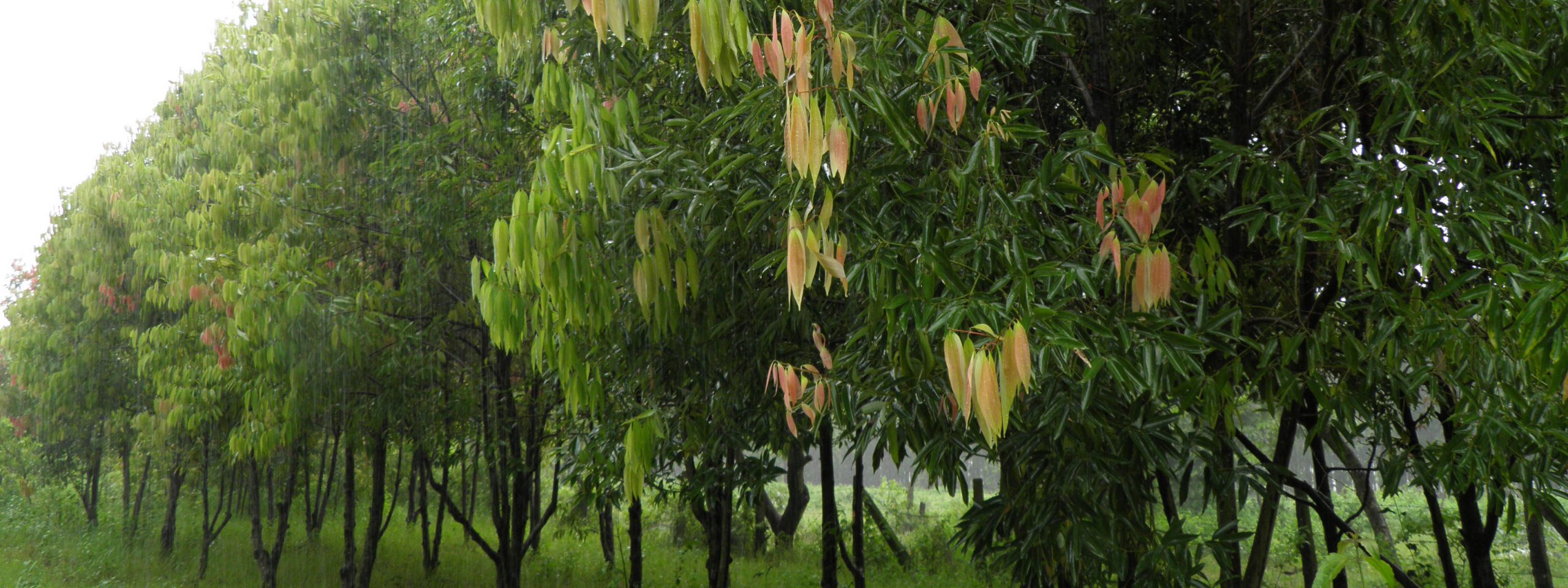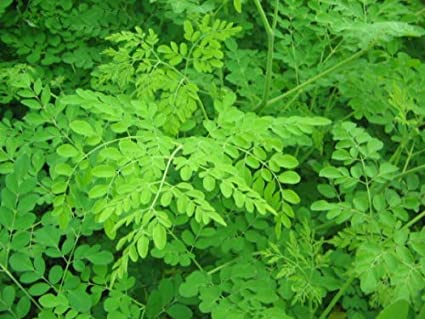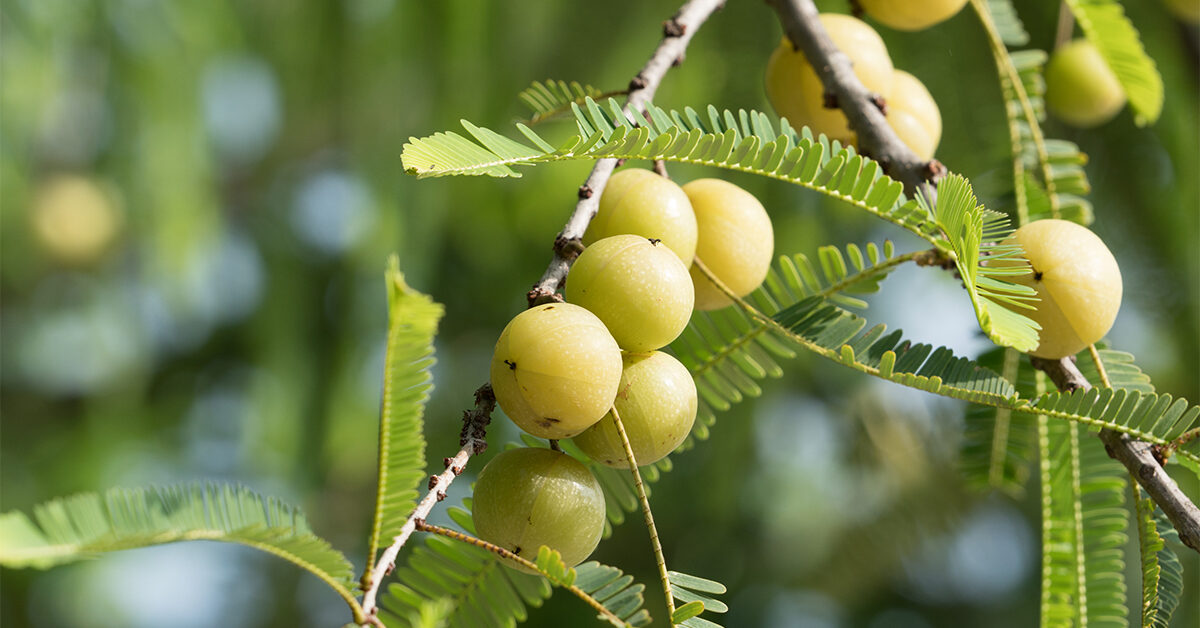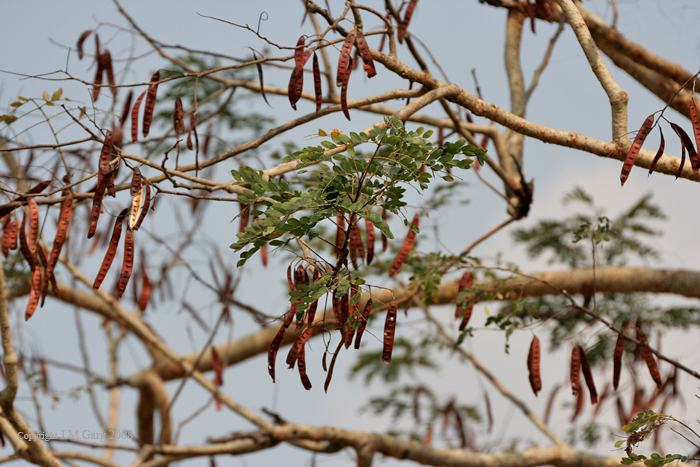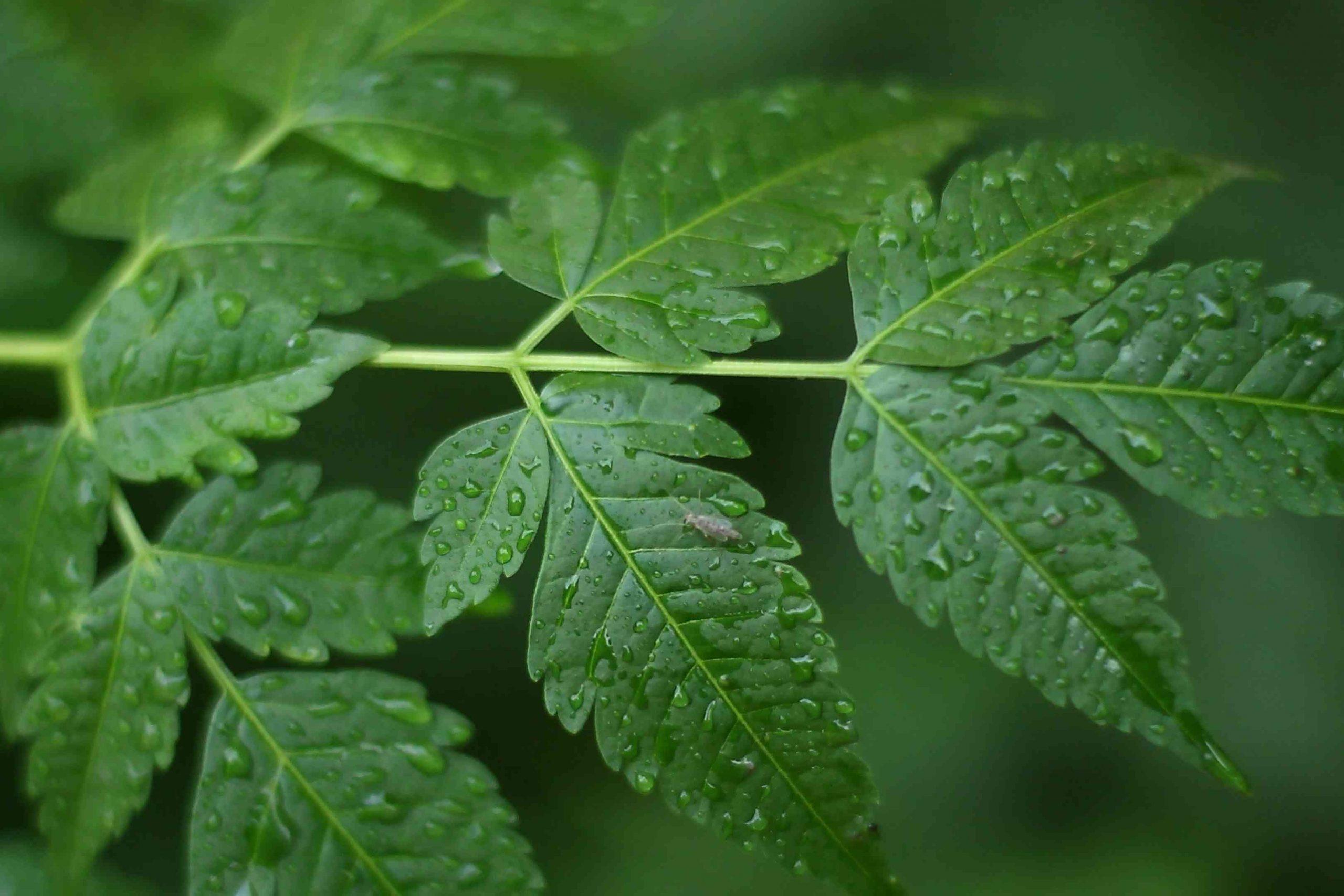Gulmohar
(Delonix regia)
English Name: Flame tree/Flame of forest
Family: Fabaceae
Origin and distribution Delonix regia is endemic to the Madagascar’s dry deciduous forests, but has been introduced into tropical and sub-tropical regions worldwide. In the wild it is endangered, but it is widely cultivated elsewhere and is regarded as naturalised in many of the locations where it is grown. It has been planted throughout the world; North America, South America, Australia, Europe, Asia. It can be found in terai, Siwaliks, and dune valleys upto elevations of 1000 meters throughout Nepal.
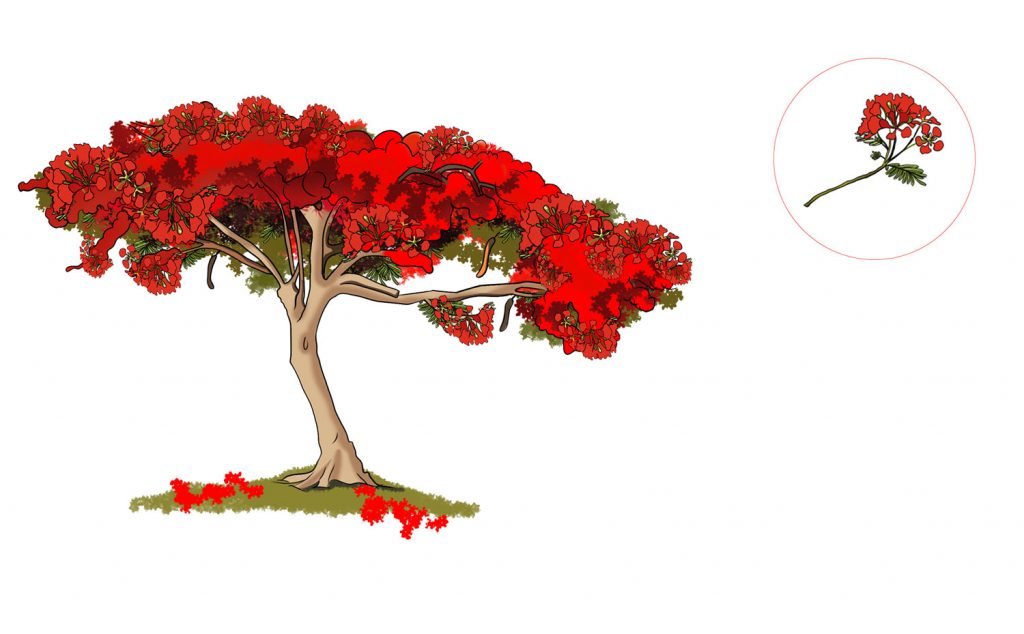
Description
Height at maturity: The tree grows 10 – 18 metros tall, with a large, buttressed bole that can attain a girth of up to 2 meters.
Form: Delonix regia is a fast-growing tree with an umbrella shaped, spreading crown with the long, nearly horizontal branches forming a diameter that is wider than the tree’s height. Usually evergreen, the trees are deciduous in areas where the dry season is long and pronounced
Flower and flowering: Trees starts flowering in their 4th or 5th years in April-June.
Silvicultural Characteristics
Cultivation: It grows in areas where the mean annual temperature ranges from 14 – 26°c, and the mean annual rainfall is over 700 mm. It can succeed in areas with both high and scanty rainfall. Trees can grow at higher altitudes than recommended, but flowering becomes erratic. There are some concerns that the plant might become invasive in some of the areas where it is cultivate.
Soil: The tree demands light and grows weakly and sparsely under shade. The species seems to tolerate many types of soils from clay to sandy, but it prefers sandy soils. It prefers a pH in the range 5.5 – 6.5, tolerating 4.5 – 7.5. Established plants are very drought tolerant. The trees have shallow root systems and the wood is weak; they are therefore liable to being uprooted during strong storms and broken by strong winds, and so are best planted in sheltered positions.
Propagation and plantation
Seed has a hard, woody testa and takes a long time to germinate. It may lie for 2 – 3 years in the soil without germinating and usually take 12 – 349 days to germinate. To break this dormancy the seed needs to be scarified by carefully abrading a small part of the seed coat, being careful not to damage the embryo. Alternatively, pour a small quantity of almost boiling water over the seed, making sure it cools down before the seed is cooked, then soak the seed for 12 – 24 hours in warm water prior to sowing. After treated seeds are sown in un-shaded nursery beds, they germinate within 5 – 10 days, with a germination rate of up to 90%. Subsequent growth in the nursery is quite fast. Seedlings watered and weeded regularly are planted out in the rainy season, with a total time required in the nursery being 3 – 5 months. Keeping the plants for more than 9 months is not desirable, as they become too tall to handle, but seedlings can be transplanted even when 20 – 25 cm tall. Seeds can be stored for a long time if insect attack is avoided, which can be done by adding ash to the seeds. Seed storage behaviour is orthodox and a germination rate of 47% has been recorded after 9 years of storage at room temperature; with no loss in viability following 4 years of storage. Trees can also be propagated from branch cuttings.
Products and uses
The leaves, flowers, seed and bark of this plant contain a range of medicinally active compounds, though the leaves are generally the richest source of most of these compounds. The plant is reported to have antibacterial, anti-diabetic, anti-diarrhoeal, antifungal, anti-inflammatory, anti-malarial, antimicrobial, antioxidant, cardio-protective, gastro-protective, hepato-protective and wound healing activity. It is used in folk medicine to treat a range of disorders, including constipation, inflammation, rheumatoid arthritis, diabetes, pneumonia, and malaria.
Urban/Agroforestry uses
The tree is planted to provide shade in tea plantations, compounds etc. The tree can be planted as live fence posts. It is grown on eroded sites for erosion control, and for soil rehabilitation and improvement through atmospheric nitrogen fixation.
Other readings
Chou, C. H., & Leu, L. L. (1992). Allelopathic substances and interactions of Delonix regia (BOJ) Raf. Journal of Chemical Ecology, 18(12), 2285-2303.
Nepali, B. R., & Gyawali, Y. P. (2001). Impact of Dust Pollution on Some Roadside Flora in Butwal Town, Western Nepal. Nepal Journal of Science and Technology, 3(1).



